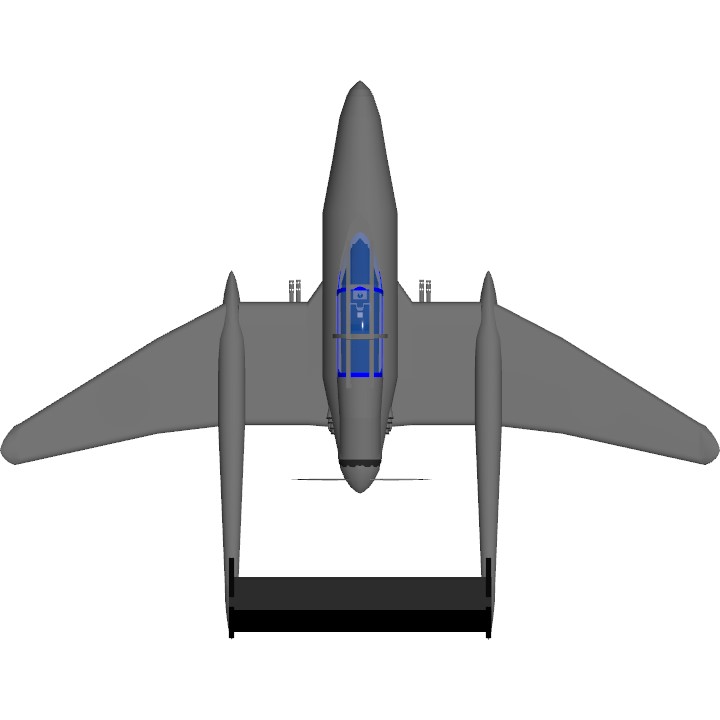Description
The SAAB 21 is a Swedish single-seat low-wing monoplane fighter and attack aircraft designed and manufactured by SAAB. It used a relatively unorthodox twin boom fuselage with a pusher engine, giving the aircraft an unusual appearance.
Work began at SAAB following a Swedish Air Force decision to embark on a major expansion programme in preparation for the possibility of being drawn into the Second World War. The company designed a monoplane twin-boom aircraft, powered by a single Daimler-Benz DB 605B engine that was positioned to the rear of the fuselage nacelle, directly behind the pilot, that drove a pusher propeller. This arrangement allowed guns to be carried in the aircraft's nose while providing the pilot with good visibility. To enable the pilot to bail out without hitting the propeller behind him, they adopted an ejection seat.
On 30 July 1943, the 21 performed its maiden flight and on 1 December 1945, the first examples of the J 21A-1 were introduced to service. It was quickly followed by the improved J 21A-2, which featured a heavier armament, and the A 21A-3 fighter-bomber. Due to Swedish Air Force interest in jet fighters, SAAB produced a conversion using the British de Havilland Goblin as the Saab 21R.
The 21 was replaced in the mid-1950s after less than 10 years of service by the similarly configured de Havilland Vampire and the Saab 29 Tunnan.
Additional Comments
pewdiepie
Specifications
Spotlights
- This craft is curated
- 929 2.4 years ago
General Characteristics
- Created On Windows
- Wingspan 43.1ft (13.1m)
- Length 33.5ft (10.2m)
- Height 13.2ft (4.0m)
- Empty Weight N/A
- Loaded Weight 26,775lbs (12,145kg)
Performance
- Power/Weight Ratio 1.51
- Horse Power/Weight Ratio 2.987
- Wing Loading 75.0lbs/ft2 (366.4kg/m2)
- Wing Area 356.8ft2 (33.1m2)
- Drag Points 6379
Parts
- Number of Parts 163
- Control Surfaces 13
- Performance Cost 657





@IAmMeObviously howdy
Hi